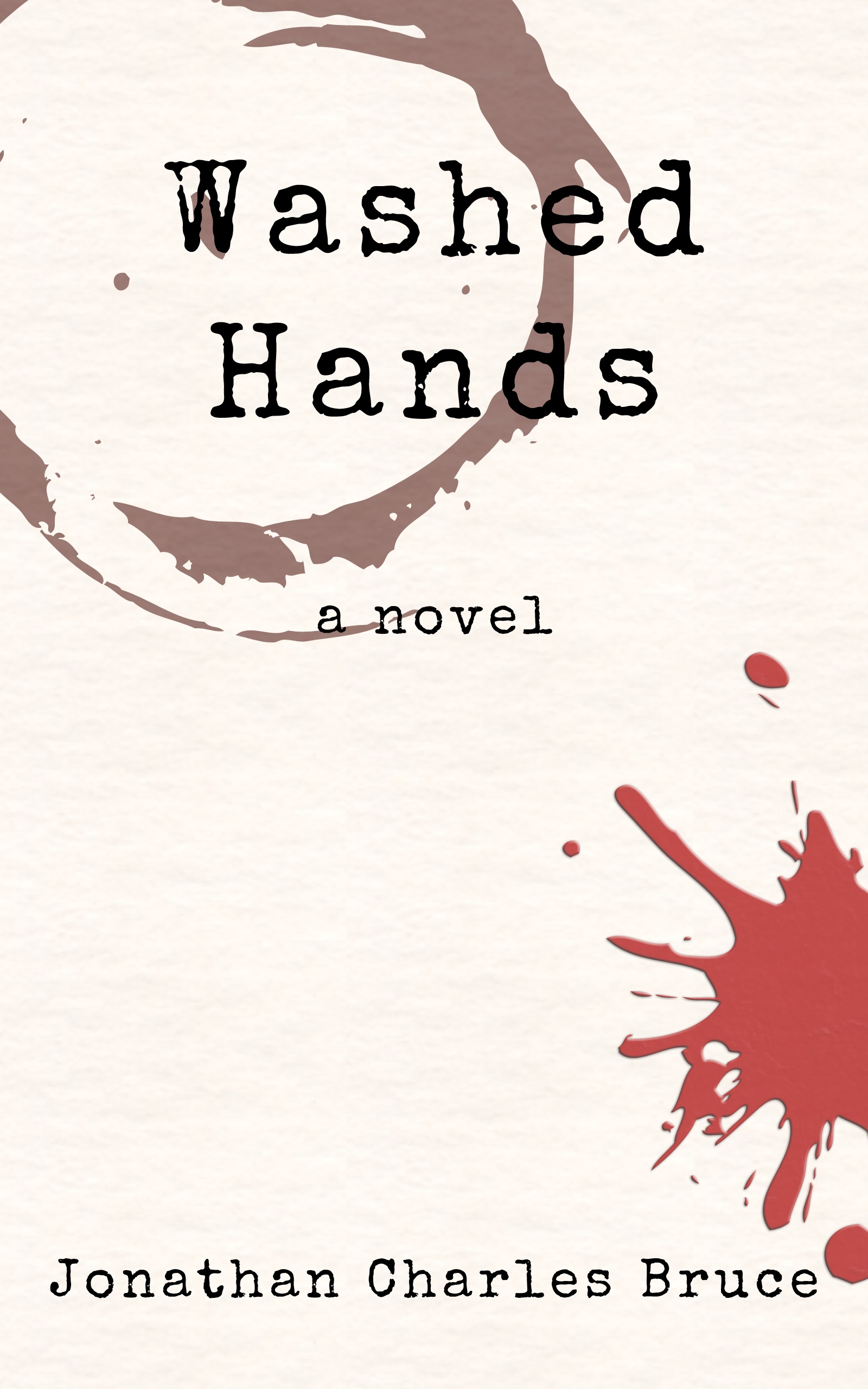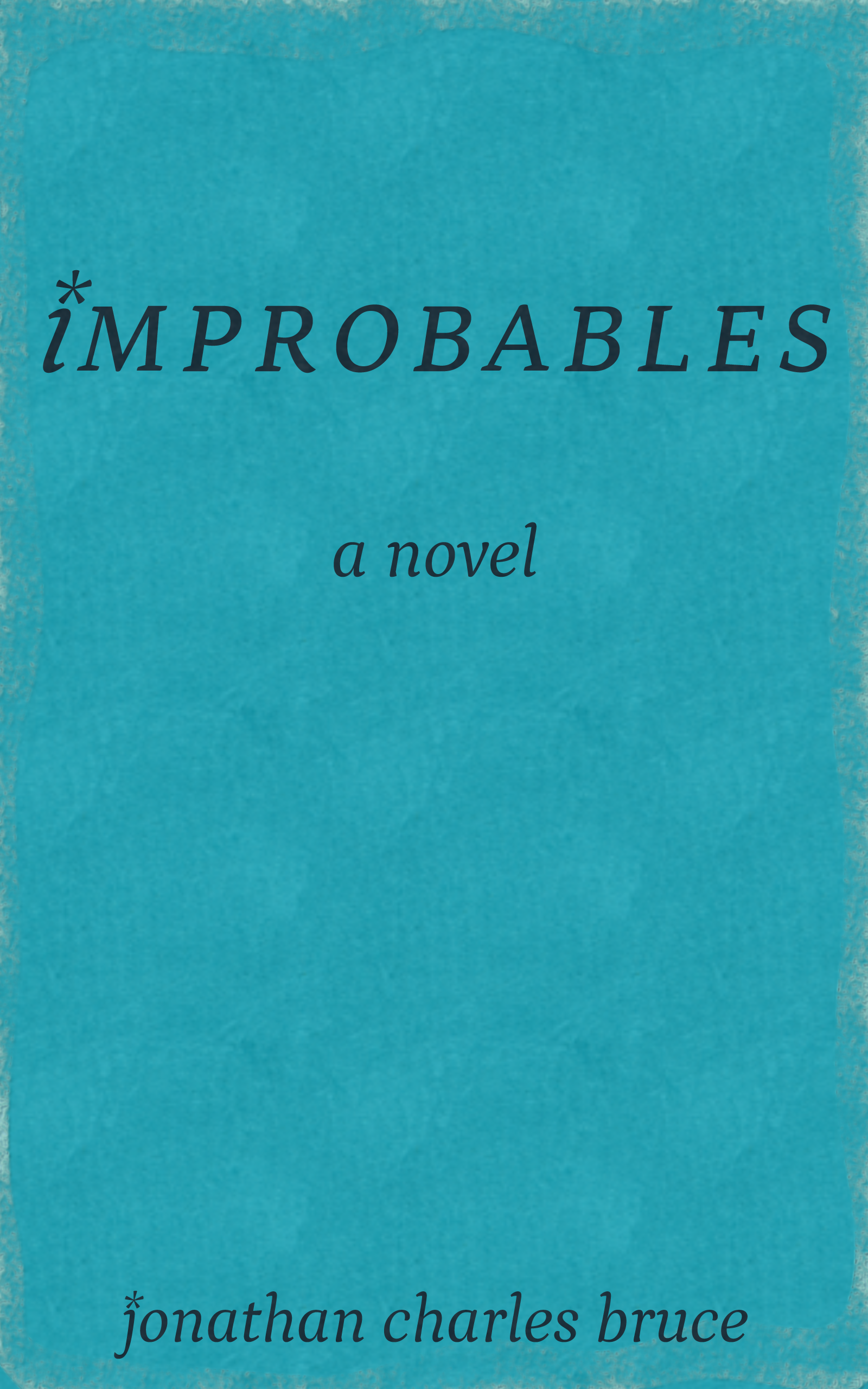On Villains and Metal Gear
As some of you may have noticed by now, I have a thing for villains. I usually find them to be far more interesting than, say, the white-bread protagonists who have a moral compass so firmly set to true north that it would be impossible for them to walk down the street without heroically handing out parking fines to everyone parked more than six inches from the curb. Part of that is due to my general philosophy that most villains are heroes without the PR department. Case in point, the Punisher is a serial killer that sees the world in black and white and just shoots people that aren’t up to his moral standard. But we’re told he’s a hero, and the people he’s killed (who I’m sure have families and other dependents) are themselves not nice people, so we’re okay with that.
But another major part of that is that, during my formative years, I played a lot of Metal Gear Solid, a game with a pretty decent and colorful cast of lunatics as your adversaries. Unlike anything I’d encountered before, the villains here were very clearly my enemies, yet I was encouraged – nay, forced – to listen to their stories. And as you listened, you understood that they weren’t quite so different from your protagonist, just hired by a different crazy person.
The main story is this: you are Solid Snake, a super-duper wet-works operative who stole his name and looks from Kurt Russell’s character in Escape from New York. After years in retirement, the government tracks him down and forces him on a mission against his old espionage unit, Fox Hound. They have taken over a military base where they happen to have a bipedal walking tank with the slightly dopey name Metal Gear. It is also armed with a nuclear warhead with which they are threatening the United States for reasons related to daddy issues, because the main villain is sad because he’s blond. Or something like that.
Now, even for fans of the series, it is generally accepted that Metal Gear is not well-written. Most of the exposition you get regarding the plot or characters come from radio chatter wedged into the narrative about as naturally as casually bringing up to a date that you won your town’s twincest competition.
BUT, and this is important, they at least attempt to characterize the people and world they’ve created. Hideo Kojima, the series’s creator, went to great lengths to make sure the player understood what happened in the world around them that made the events of every game happen. It shows a great dedication to world-building that, for better or worse, makes the game that much more compelling.
It also adds a palpable sense of tension to the proceedings, something that the modern iterations of Metal Gear’s villains fail to execute nearly as well. In the first game, Snake and the player are introduced to the baddies by reputation early on. A good number are sparred with more than once, giving the player a clear sense of what is at stake for both protagonist and antagonist. If you are so compelled, you can find out more through radio conversations – and that’s when the bad guys themselves aren’t calling you to taunt you. By the second fight with these badasses, you have a sense of what fighting means to them and what brought them into the fold, making their subsequent defeat surprisingly bittersweet.
Honestly, the biggest failing of the series as a whole (outside of its increasingly creepy treatment of women) is the lack of villain development. Although there are some memorable villains in the later games, the only ones given any significant level of detail are the final bosses. And that’s mostly through reputation than anything else. This isn’t to say that there aren’t some interesting boss fights – I think if you strung together all the actual battles in the series, you would have one kickass game. But without emotional context, that’s all they are – a fight.
For instance, the best in the series gameplay wise – Metal Gear Solid 3 – has some potentially interesting villains that are underdeveloped in favor of just playing up their personal brand of crazydom. One was a really good sniper who is also really old. The fight is fun, because you have this huge area to look for this old prick and put a cap in his dome before he does the same to you. Another is a guy who went into space and went fucking nuts. You get to fight him in a bunker while he flies around with a flame thrower and muttering to himself. Another is some dude who can somehow control hornets that he... um... grows in his body, I think. You fight him in a cave where he shoots hornets at you out of... um... a tommy gun made of... hornets...
Look, I never said it wasn’t a weird series. But it’s a weird series with fun boss fights, okay?
The point is that there’s really no emotional investment with any of those weird-but-fun bad guys. If we were to compare those dipshits to the first Metal Gear Solid, none of them compare to the villain Sniper Wolf. Snake’s first encounter as a player is when your NPC support character is shot non-fatally by Sniper Wolf in plain sight in an effort to draw you into the open. Snake realistically has no choice but to flee and return with a rifle to return fire – if he stays in some misguided attempt to help, the sniper will take more potshots at your wounded friend (which further establishes our new antagonist’s character). As you, the player, search, you’re left with how cold and intelligent your new foe is – wounding your comrade to use her as live bait is as merciless as it is cunning.
When you return, your ally is gone – not dead, just gone. You engage in a duel with Sniper Wolf, at the end of which you are captured. She mocks your attempts to best her before cutting Snake – and by proxy, you – and marking him as a target to pursue relentlessly. Although she made the fight personal before, it elevates to a new level entirely with this seemingly symbolic act.
It’s not all easy hate, though. We learn through another, far nerdier NPC that Sniper Wolf has taken care of a local pack wolf-husky hybrids, showing an unexpected amount of humanity for someone who also displayed startling ferocity. And although that might not seem like much, we also learn that she had formed a kind of friendship with the nerd because he had chosen to feed the dogs with what little food he had to share. The nerd, as nerds often do in situations when human beings display decency instead of contempt, claims to have fallen in love with her and refuses to believe that she is the monster we’ve witnessed her being.
Sure, it’s probably just Stockholm Syndrome, but when he pleads with you to reconsider the inevitable boss fight that looms on the horizon, you can’t help but feel a little bit hurt – both for an ally’s refusal to side with you, but for the fact that you’re probably going to end up shooting this baddy in the face.
This all leads up to the final sniper duel between Snake and Wolf. Everything that has transpired up to this point has created a palpable sense of dread for the player – the brief history of protagonist vs. antagonist has generated a moment of confrontation where we, as an audience, understand the distasteful task at hand. In one regard, Wolf is an enemy soldier of a group threatening nuclear holocaust. In another, she is personally responsible for one ally’s critical wounding. And in another regard, she is another ally’s “friend” and love interest.
When Snake wins, sending a final bullet through his enemy’s lung, she shares with him the extremely shitty circumstances that made her who she is. And while many would point to this as an example of why Metal Gear Solid is poorly written, I think it’s a wonderful culmination of a powerful story arc. Snake and Wolf talk, soldier-to-soldier, relating to each other in ways that most people could never understand. There’s no animosity between them anymore – the soldiers have done their job.
And when our nerd buddy shows up, crying over the woman he “loves”, an already sad scene takes a turn for the utterly depressing. Sniper Wolf doesn’t seem too interested in the nerd, so our suspicions of it being one-sided are more than confirmed. Regardless, it doesn’t make the finale, where she asks Snake to kill her to put her out of her misery, any less gut wrenching.
In a game littered with gunshots, having just finished a battle that was nothing but gunshots, the final one that tears through the landscape has a far more emotional effect than any prior and afterwards. And that’s because the game took its time to develop the relationship between Snake and Wolf.
How does this relate to writing, you ask? Easy – the conflict between any two characters doesn’t have to be deep. It can be entirely surface level and work as “You’re my enemy because that’s how the world works.” And there can be a richness of narrative worth provided that you spend time on the why of the conflict. But at the end of the day, a final fight – whether physical or mental – will still be a mechanical action.
By taking the time to know your foe, you make the confrontation itself emotionally charged. It’s not simply an “us-versus-mentality” anymore. You’ve given the audience a sense of the stakes for everyone involved. Your villains aren’t two-dimensional monsters, but people who are dangerous but still human. A fight shouldn’t be about the blows exchanged, but the emotional battle those blows are manifesting as.
You may not shed a tear for your enemy, but good god you will know them as men and women first.
So there you go. If you’re looking for someone to blame because I heartlessly want to give my villains some semblance of a personality outside of cartoonishly evil, blame Hideo Kojima. I certainly do.
< PREVIOUS ENTRY • NEXT ENTRY >
Advice • Fiction • Gaming • General Musings • Reviews





